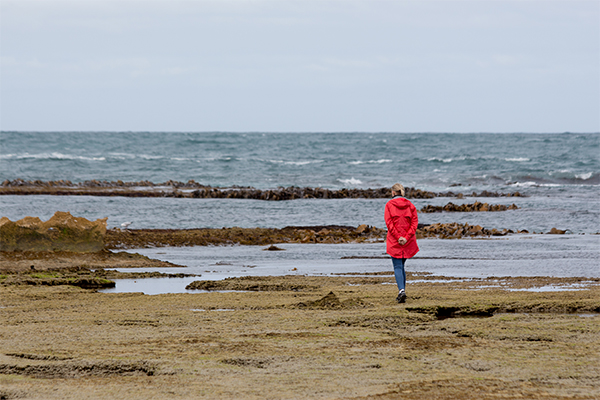The Ripple Effect of April to June Rainfall
It looks like we’re in for quite a bit of rain during April through to June, with rainfall above average forecasted for parts of southern Australia.
In a recent article by Sue Neales for The Australian (14/04/2016), BOM climatologist Blair Trewin is quoted as saying whilst he could confidently say the hot and dry El Nino was on its way out, at this stage there were only early hints and a 50-50 chance that a rain-bringing La Nina would arrive by winter. Sue further states that the “La Nina events are typically associated with above-average winter-spring rainfall over southern, central and eastern parts of the country.” And that “Last time a similar La Nina “watch” was issued by the BOM in April 2010 after a hot and dry El Nino run, it heralded one of the wettest 18 months of high rainfalls across the eastern states in Australian history.”
It has been reported by the Bureau of Meteorology that in Australia we’re likely to have above average rainfall across the Gascoyne region in WA, throughout SA, extending into NSW and the far western corners of QLD and VIC, during April, May, and June – and the ripple effect will be noticeable to retailers.
Weather data is helpful in anticipating seasonal consumer demand for products; with the likelihood of increased rainfall comes the likelihood of an increased need for suitable wet weather outerwear.
Mother Nature’s sway over consumer buying behaviour is worthy of attention by retailers. Whether it be looking at a few days head, a week ahead, a month ahead or a season ahead, knowing what’s in store weather wise can be of great benefit. When combined with understanding your customers requirements, it can be useful in:
- Optimising pre-season inventory
- Placing indent orders
- Planning marketing campaigns
- Organising product drops
- Planning pricing and discounting
- Staffing requirements
- Managing other areas of your business
No other external variable impacts buyer behaviour as immediately, frequently, directly, or meaningfully, like the weather. The weather influences the decisions made by consumers on a daily basis, from what they wear to what they eat and drink, what leisure activities they partake in to what household chores they do.
If the price of coffee goes up by 5% at your local cafe you’ll probably still buy a cup of coffee. However if there is a 5% increase in the amount of rainfall, you’ll more than likely wish at some point that you had packed your rain jacket, feel glad you didn’t hang your washing out to dry, and you may put washing your car off for another day.
With an expected above average rainfall forecasted over the next few months, Australian retailers should take a moment to consider how the impending extra rain will impact their customers buying behaviour, and what as a retailer they can to do to meet their customers needs and wants.

